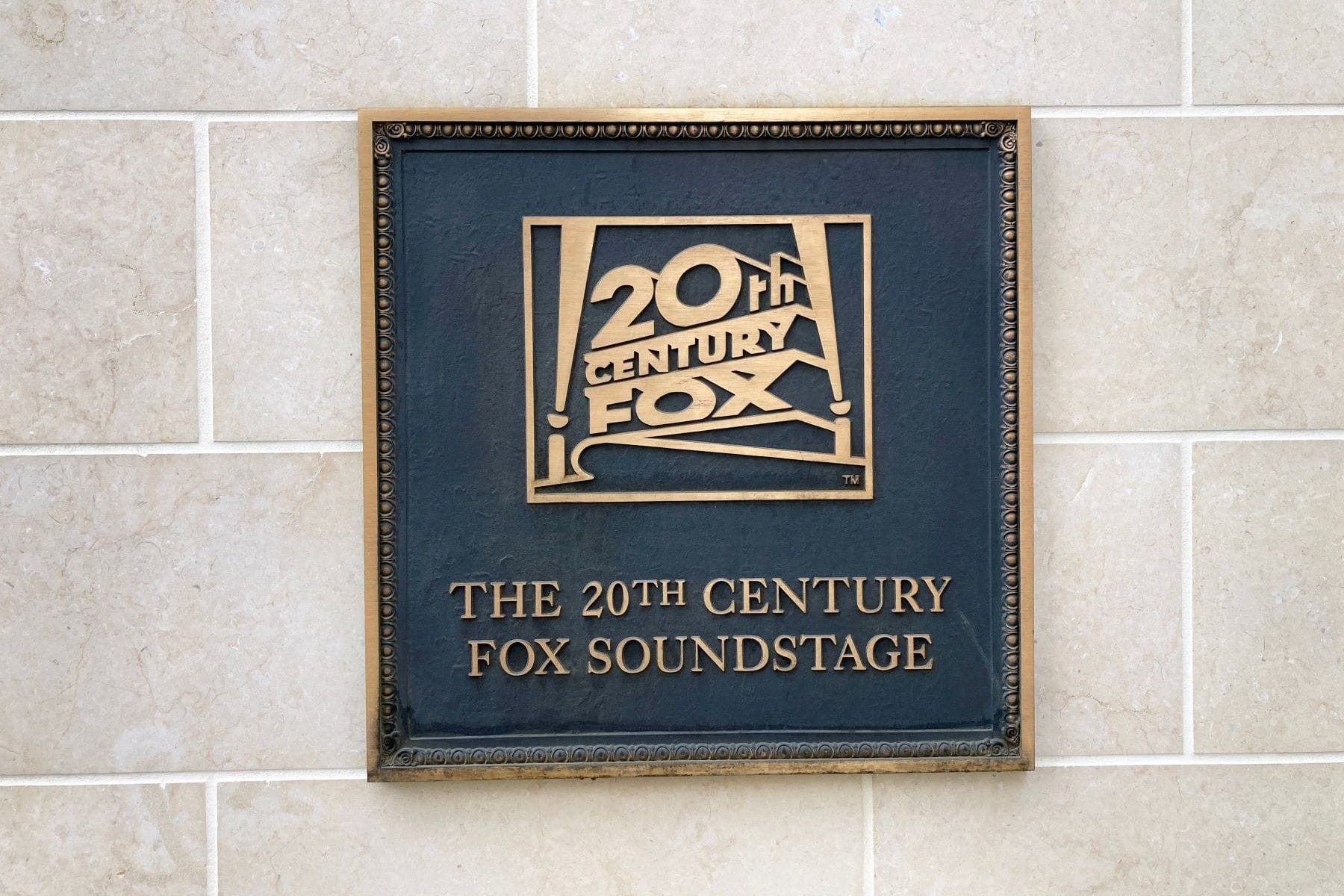The Miracle on 34th Street Case: When a Movie Script Sparked a Legal Debate
A timeless holiday tale meets legal intrigue, as "Miracle on 34th Street" explores belief, identity, and evidence—both in courtrooms and its real-world legacy.
Updated on
“Miracle on 34th Street,” the 1947 holiday classic, isn’t just a heartwarming Christmas tale—it also became the centerpiece of a fascinating legal battle in both its fictional story and its real-world legacy. The film follows Kris Kringle, a Macy’s Santa Claus who claims to be the real deal, and his trial for insanity after others question his authenticity. While the plot itself is fictional, the case raised interesting legal questions about belief, evidence, and identity, both in the film’s courtroom and the movie industry itself.
The movie's courtroom scenes hinge on whether Kringle can legally prove his identity as Santa Claus, blending legal arguments with holiday spirit. Meanwhile, in real life, 20th Century Fox faced its own set of legal challenges in protecting the intellectual property of this holiday gem.
The Fictional Trial: Santa Claus on the Stand
The central trial in the film is a legal dilemma wrapped in a Christmas bow. When Kris Kringle’s mental state is questioned, the court must determine whether he is fit to serve as Macy’s Santa Claus—or if he should be institutionalized for claiming to be the real Santa. The case boils down to evidence and credibility, leading to a climactic moment when the judge accepts U.S. postal service letters addressed to "Santa Claus" as proof of Kris’s authenticity.
This moment offers a whimsical take on legal principles:
- Identity through Evidence: The use of mail to authenticate Kringle’s identity highlights creative approaches to evidence admissibility.
- Public Opinion’s Influence: The judge, fearing public backlash during an election year, demonstrates how external pressures can influence courtroom decisions.
Though fictional, the case raises questions that resonate in real-world courts. Can belief outweigh empirical proof? What constitutes sufficient evidence to establish identity?
The Real Legal Legacy of Miracle on 34th Street
The film’s success led to trademark and copyright battles for its studio, 20th Century Fox. The movie’s iconic title, themes, and characters were highly valuable intellectual properties, necessitating protections to prevent unauthorized adaptations or merchandising.
Additionally, holiday-themed works often toe the line between public domain traditions and proprietary creations. In 1994, when a remake of “Miracle on 34th Street” was released, Fox faced additional scrutiny to ensure the remake didn't infringe on the original’s protected elements. This sparked conversations in entertainment law about how to balance creative expression with intellectual property rights, particularly in remakes and sequels.
Lessons for Attorneys Today
The legal dilemmas presented by “Miracle on 34th Street” are still relevant:
- Identity Verification: In modern legal cases, questions of identity arise in fraud, immigration, and even artificial intelligence disputes. The movie’s playful take on identity reflects real-world challenges in proving who—or what—someone claims to be.
- Evidence in Unusual Forms: The use of letters as evidence parallels today’s discussions about non-traditional evidence like emails, social media posts, and blockchain records.
- Public Sentiment in Legal Cases: Public opinion can still play a role in high-profile trials, influencing everything from jury decisions to judicial rulings.
What’s Next?
More than 75 years after its release, “Miracle on 34th Street” continues to be a beloved classic—and a reminder of how legal questions can be framed in imaginative, accessible ways. As holiday traditions evolve, so too might the legal issues surrounding intellectual property, belief systems, and evidence. Attorneys and legal experts can find inspiration in the film’s blending of courtroom strategy with holiday magic, proving that even the most serious cases can have a touch of whimsy.
This season, as you enjoy holiday movies and cheer, spare a thought for the legal minds—both fictional and real—who’ve made “Miracle on 34th Street” a timeless story of justice, belief, and Christmas spirit.
Frequently Asked Questions
What legal issues are raised in Miracle on 34th Street?
The legal issues raised in "Miracle on 34th Street" include the question of identity verification, the admissibility of unconventional evidence, and the influence of public opinion on courtroom decisions. Additionally, it highlights the complexities of intellectual property rights in the context of adaptations and remakes.
How did Miracle on 34th Street influence intellectual property law?
"Miracle on 34th Street" influenced intellectual property law by prompting trademark and copyright battles for 20th Century Fox, highlighting the necessity of protecting valuable intellectual properties in the entertainment industry. Additionally, it sparked discussions about balancing creative expression with intellectual property rights, particularly regarding remakes and adaptations.
What can attorneys learn from Miracle on 34th Street?
Attorneys can learn about the importance of identity verification, the admissibility of unconventional evidence, and the influence of public sentiment on legal decisions from "Miracle on 34th Street." The film illustrates how belief can challenge empirical proof and highlights ongoing debates in intellectual property law.


